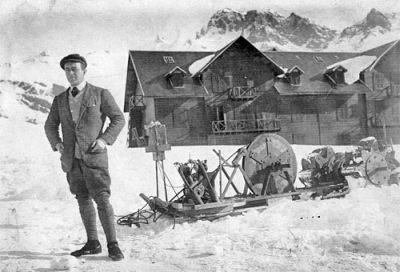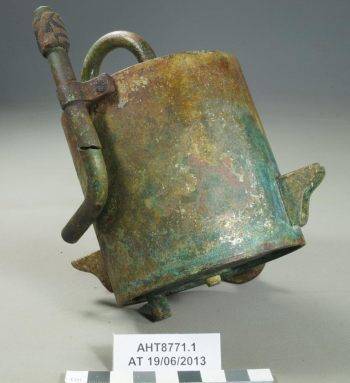Author: Marie
Date: 17 June 2013
Temperature: -24
Wind speed: 15
Temp with wind chill: -32
Sunrise: N/A
Sunset: N/A
You probably know that Scott's choice of ponies and motor sledges against dog-hauling contributed to his terrible fate. We have already mentioned the ponies, and now for the motors:
Back in France, a few kilometres from my home town, there is a mountain pass quite famous for having dodgy conditions in winter. On this specific pass, in 1908 French Antarctic explorer Jean-Baptiste Charcot and Robert Falcon Scott, not convinced by dog-hauling sledges, conducted the first motor sledges test. Two French companies worked together to produce the sledges they were willing to offer to both expeditions.
Charcot tried a 200kg motor sledge, which was really successful. The next day, Scott tried a 750kg sledge. The weight appeared to be a major problem as the sledge sunk in the snow, stopping the chain rotation and so the motor. But the load capacity (several tons against 400 pounds for a pony, 200 for a man and 100 per dog) was such an advantage that both explorers decided to carry the machine to the ice.
Capt. Scott at the Lautaret Pass, in front of Glaciers' Hotel
In 1909, Charcot shipped his motor sledges to Antarctica on his boat the Pourquoi Pas? considering them as an experiment for future expeditions and relying on man-hauling for the party.
The weight of Scott’s sledges was a predominant problem again as the party unloaded the cargo at Cape Evans in 1911. Being too heavy, one of them broke the ice and got lost in the sea. The party had already decided on restrained use of the motor when engine complications started…
An unidentified component with a broken pipe....
I started working on a potential 'car part' or 'engine part' last week. They are still unidentified, but as Stefanie and I are just starting classes with our dear mechanic Lex, we hope to solve the mystery.




